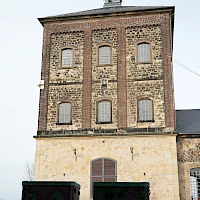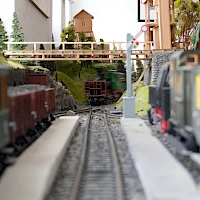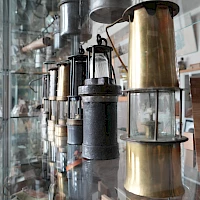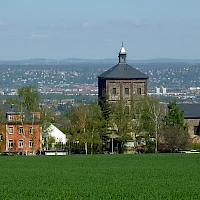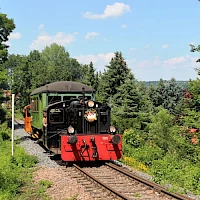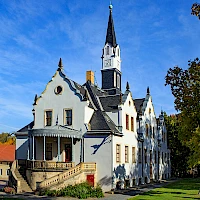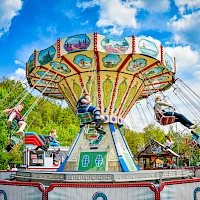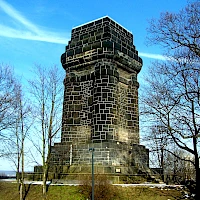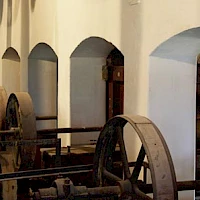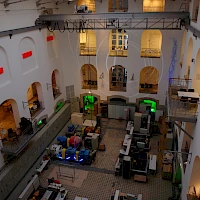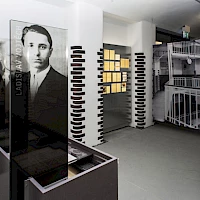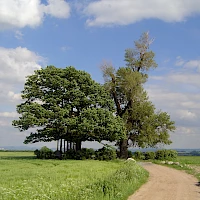The winding tower of the Marienschacht, a so-called Malakow tower ( see Wikipedia ), is a landmark on the outskirts of Dresden that is clearly visible from many directions due to its exposed location, size and shape. It is a technical monument of mining construction from the end of the 18th century and the only surviving winding tower of its kind in East Germany. You also have a great view of Dresden from here. The museum, run by a committed association in the adjacent building, tells the story of mining in the region and in Saxony. For example, it offers an operating mine and garden railway system with many details.
On mining history
In 1886, the sinking work on the Marienschacht began and lasted a total of over 7 years. From 1893 to 1930, hard coal was mined and then operations were stopped. In 1957, the "Willi Agatz" Gittersee hard coal works put the shaft back into operation, and in 1968 SDAG Wismut took over coal mining for uranium extraction. In 1989, the shaft was finally shut down and filled. Extensive renovation work was then carried out on the dump by Wismut GmbH. The entire mining facility was preserved and, together with the building complex, is a listed building.
Cycling and hiking trail
The cycle and hiking path from Dresden-Gittersee to Possendorf, which runs along a former mine railway line, runs past the building. The most beautiful part of this path is between Gittersee and the Marienschacht.

